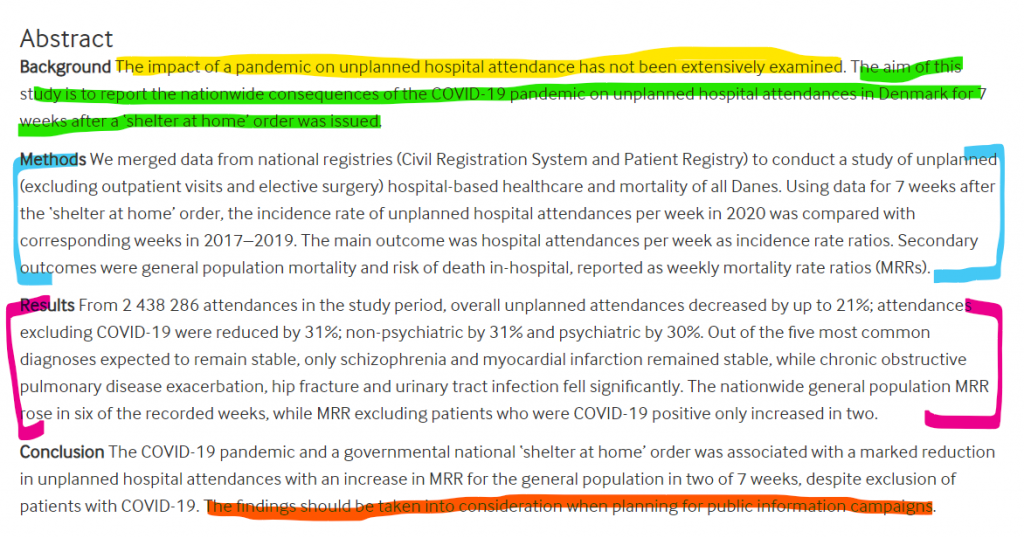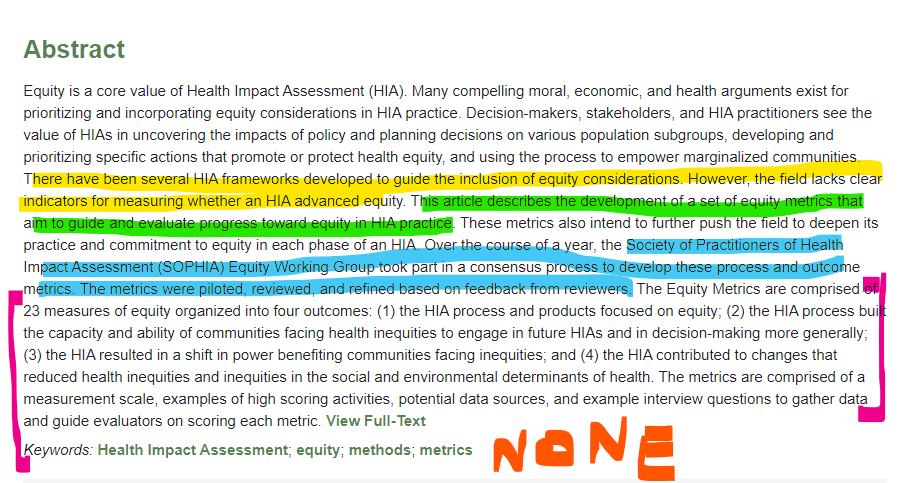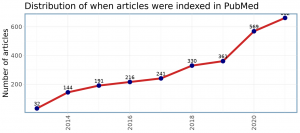
5 Things That Should Be in Every Scientific Abstract
In scientific literature, the word abstract is an oxymoron. Allow me to explain.
When I think of the word “abstract,” I think of words like: implicit, subtextual, emotional. But a scientific abstract should actually be the opposite of all those things: explicit, precise, and detached.
An abstract is the beginning and end of every scientific publication. It attempts to communicate the whole paper in just a few sentences. Because of this, abstracts are key when exploring articles. They should be able to tell you, in a succinct and straightforward way, what that paper is about and whether it is worth your time.
This, of course, assumes that abstracts are well written. A useful abstract doesn’t come automatically, so with that in mind, here are FIVE things that should be in every abstract.
Context. The context is the background of the study. The context should tell you the underlying need for an article, what the previous research said, or whether there is a persistent, poorly-addressed problem. This part of the abstract sets the stage for your article and gives it purpose.
Question. This question is the foundation of any good paper. What are the authors trying to answer? Every scientific article should push knowledge forward. So, the research question tells you what the study is pushing towards and trying to uncover. Even opinion or commentary pieces should have a central issue that the authors are exploring.
Methods. The methods describe how the question was answered. This is generally the most technical part of an article, but it’s also important to get it right and establish your credibility. While research questions can be approached in plenty of different ways, the methods should tell you specifically what this particular team did to answer their particular question.
Results. The results section is where the authors describe what they found. It may be in the form of relevant statistics or key synthesized statements.
Implications. Finally, what did the study mean? In the implications section, the authors should provide commentary on what their results suggest, either in terms of consequences or needs for future inquiry.
And that’s it! That’s a lot to pack into a few sentences. Abstracts can sometimes be very challenging to write. Many authors, myself included, tend to write them last, after a manuscript is finished. This way, you know exactly what you’re trying to summarize. Now, let’s walk through two example abstracts to illustrate the process.
The first example comes from this recent study: Nationwide study on trends in unplanned hospital attendance and deaths during the 7 weeks after the onset of the COVID-19 pandemic in Denmark. I took a screenshot of the abstracts as they appear on the web so I could annotate them.

The underlying need is right at the top: that unplanned hospital attendance had not been extensively examined (context). Therefore, the authors studied, “What are the consequences of COVID-19 on hospital attendance [in Denmark…]?”(question). To answer this question, preexisting data was used to make comparisons against data from before COVID (methods). They found that unplanned hospital attendance went down (results)! Therefore, the authors suggest this information be used when planning for public information campaigns in the future (implications).
Nice, so in a couple of sentences, we can get this gist of what this article was about and what it means.
Here’s another example: Advancing Efforts to Achieve Health Equity: Equity Metrics for Health Impact Assessment Practice

It took a while, but the authors finally get to the underlying need: that the field lacks clear Health Impact Assessment (HIA) indicators for equity (context). The question is harder to pull out here, but it can be phrased as, “What indicators can guide and evaluate progress toward health equity?” (question). To answer this question, they assembled a working group to develop these indicators (methods). This group came up with 23 indicators across four domains (results).
However, I can’t seem to find an implications statement. The authors developed these indicators, now what are people supposed to do? I presume that this is in the article somewhere, probably in the discussion, but a sentence or two would be helpful in the abstract. Without it, I don’t know whether these indicators can be used by administrators and/or practitioners, whether these measures have been piloted, and what a person should do with this information. It just makes it tougher to decide whether I should read this article.
Identifying these five elements (context, questions, methods, results, and implications) can be a really helpful step in screening articles and figuring out if reading them is worth your time. Try it out and let us know how it works in the comments!



